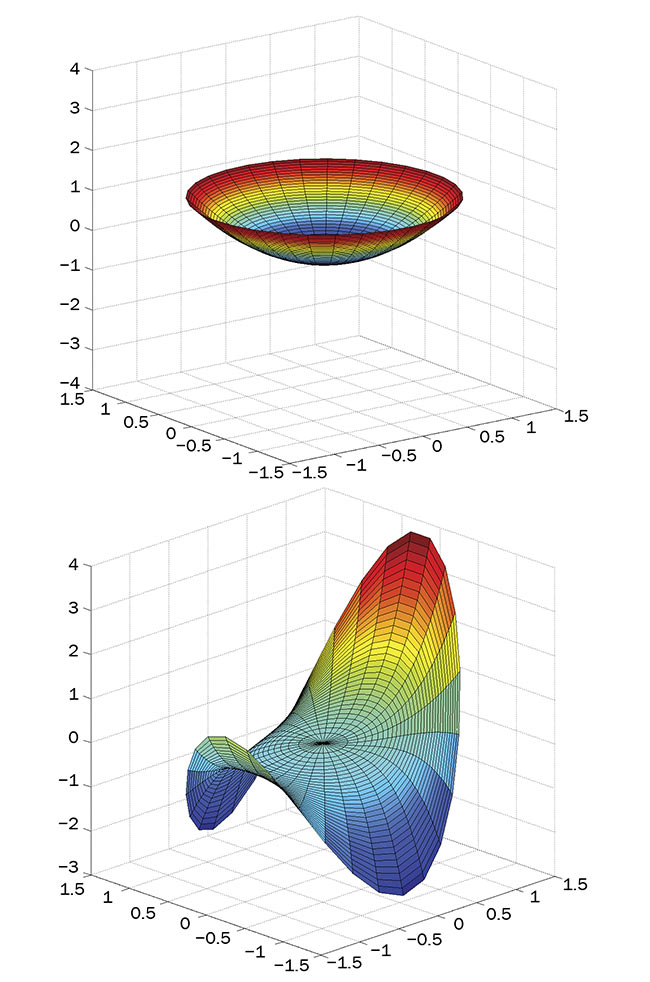Design and fabrication of unconventional optical surfaces are enabling novel imaging systems that have potential in astronomy and space imaging.
VALERIE C. COFFEY, SCIENCE WRITER
 Astronomical imaging from both ground and space provides precise data, and each has its pros and cons. Ground-based observation benefits from flexible infrastructure with large telescopes and instruments but suffers from atmospheric turbulence and light pollution, whereas observation from space is free of turbulence, but the telescopes must meet onerous size, weight, and cost restrictions for launch. The size and weight of space telescopes continue growing while costs must be reduced.
Astronomical imaging from both ground and space provides precise data, and each has its pros and cons. Ground-based observation benefits from flexible infrastructure with large telescopes and instruments but suffers from atmospheric turbulence and light pollution, whereas observation from space is free of turbulence, but the telescopes must meet onerous size, weight, and cost restrictions for launch. The size and weight of space telescopes continue growing while costs must be reduced.
Member Exclusive: To read the complete article, please Login or Register